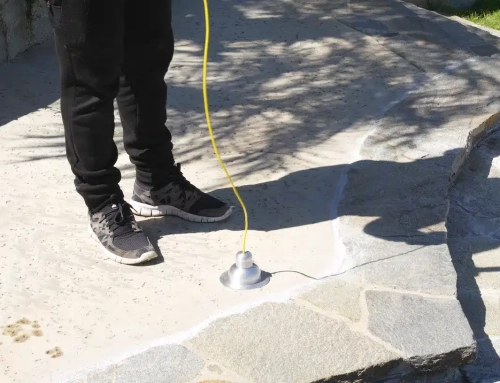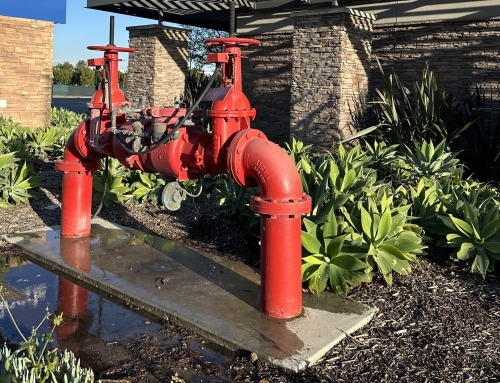Homeowners are preparing for there summer season by arming their sprinkler systems to run multiple times a week. Where some systems have sat throughout the winter months, broken pipes, separations and leaks have the potential to appear, and that brings a costly rise in water bills. It’s time to locate irrigation leaks before summer costs skyrocket.
An irrigation leak the size of a dime can cost a homeowner upwards of 6300 gallons of water loss in a single month! That’s a sizable increase in the water bill, and an easy find for a plumbing leak detection professional who uses LeakTronics Irrigation Leak Detection Equipment.
Because Irrigation leaks occur, typically, underground – a homeowner typically won’t be aware of then unless they reach the surface, and that’s not a common practice. Water flows to the path of least resistance, so it may spread and settle around the pipe, underground, making a big pocket of saturated soil underground for a while before it shows at grass level. Visual signs of puddling and sinkholes may not appear until after a considerable amount of water is lost … and paid for.
Keeping an eye on the water bill when turning on new devices is important for a homeowner, but the homeowner would need to know what normal operating costs are reflected in their bill to know if there has been an increase. An easier way to check for a leak is to look at the water meter when the system is off.
A homeowner can perform a simple check of the meter to see if water loss is occurring on their property. First, be sure everything on the property is off. No running faucets, running toilets or laundry machines in operation. Now, simply take a look at the meter where water enters the property. Is it spinning? This is a sign of water moving through the system, and if everything is off, it’s a good indication of a leak.
When a plumbing leak detection contractor starts a leak detection, the first thing they will do is check the meter. It’s likely they will isolate the house, shutting water to the inside of the house and watching to see if the meter spins. Irrigation systems typically draw water from pipes before the reach the house, so if the meter spins when the house valve is closed, there’s a leak in the Irrigation Lines.
While a proper leak detection will also check the rest of the internal plumbing for suspected leaks, let’s focus on the Irrigation Lines. Irrigation lines aren’t always laid in a perfect grid pattern, and because of different landscaping set-ups, really none the same, pipes may cross underground, beneath pavement and soil and turn under the lawn in places you simply can’t predict. It makes it harder to locate irrigation leaks. For the leak detection technician, finding those pipes is easy using LeakTronics PG-2 Pulse Generator.
To be able to accurately perform a leak detection on a pipe, the technician needs to know precisely where the pipe is. with LeakTronics PG-2, the technician is able to introduce a gentle pulse into the water that fills the Irritation Line. By listening underground with the Soil Probe, a key listening device in LeakTronics arsenal of leak detection equipment, the technician can easily mark the location of pipes across the property.
Once the system has been marked, using slight pressure from LeakTronics Pressure Rig, the user creates a sound at the area of the break, crack or separation in the pipe and can accurately locate irrigation leaks where the water loss is happening and where repairs need to be made. Using the powerful and sensitive equipment from LeakTronics, a technician can find leaks fast and avoid the process of digging up pipes and plumbing lines to find leaks. A non-invasive leak detection reduces time spent finding leaks and the overall cost of having them repaired. It’s possible because of the accuracy of LeakTronics electronic listening equipment.
Learn more about the gear professionals use to find leaks and stop water loss by visiting www.LeakTronics.com or get more information by calling 818-436-2953.






